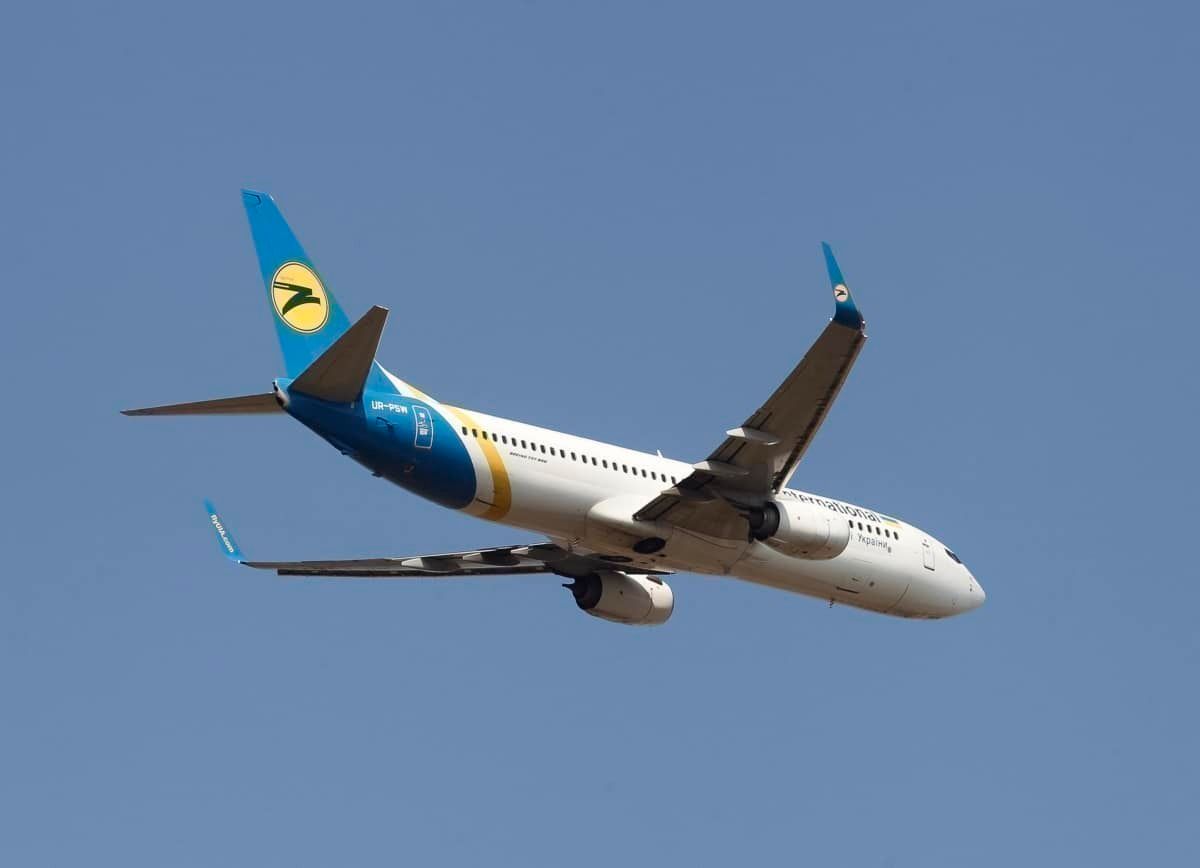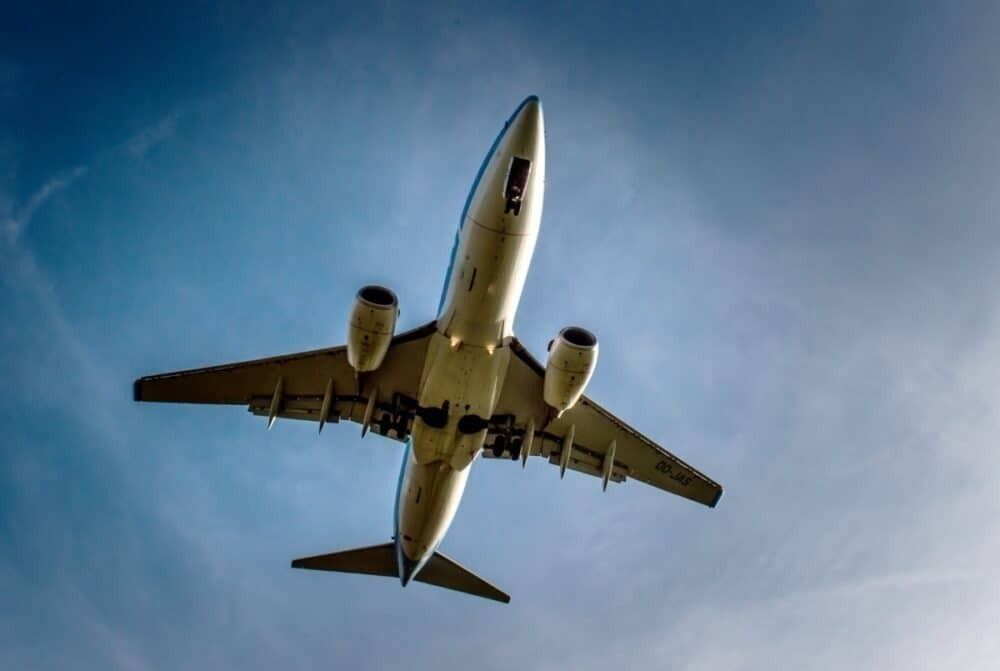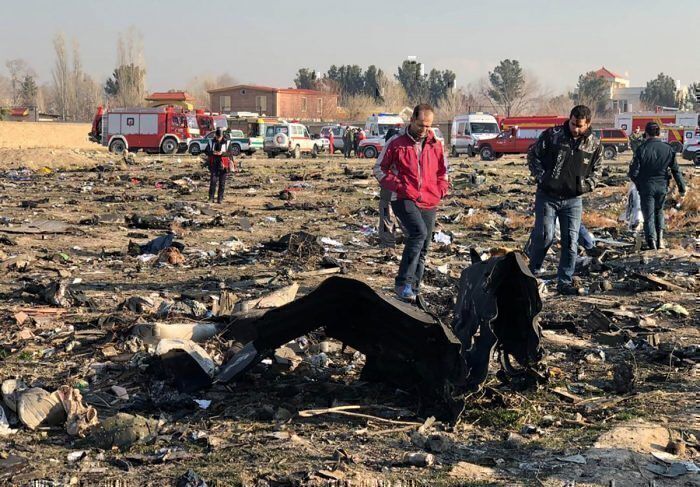On Thursday, the EASA issued a warning that civilian aircraft flying in Iranian airspace may be at risk for accidental targeting of the country's air defense. The "advice for caution" comes merely days after Iran released a report stating that an inattentive defense unit operator caused the fatal crash of Flight PS752.
Risk level "HIGH"
The European Aviation Safety Agency (EASA) on Thursday issued a warning that civilian passenger aircraft flying through Iranian airspace may be at risk from accidental targeting by the country's military air defense systems. It said, "poor civil and military coordination" could potentially lead to misidentification of commercial jets as hostile objects.
Stay informed: Sign up for our daily aviation news digest.
The Conflict Zone Information Bulletin (CZIB), as these recommendations by the EASA are called, is valid until January 16th, 2021. It evaluates the risk to be "HIGH" for commercial flights below flight level 250, meaning 25,000 feet. The statement announcing the recommendations read:
"Due to the presence of various advanced air-defence systems, it is advised to be cautious with the risk associated to civil aviation. The risk to operations is assessed to be HIGH for Flight Levels below 250."
PS752 shot down due to forgetfulness
The EASA warning comes just days after Iran officially admitted that the tragic crash of Ukraine International Airlines Flight 752 was caused by an operator forgetting to adjust a radar system. Part of an Iranian defense unit, the unnamed person forgot to realign the north direction after moving to a new position.
In combination with the high-alert state in the country following the targeted hit by the Trump administration on Iranian general Soleimani just days prior, this resulted in Flight PS752 being shot down by two missiles shortly after take-off from Tehran. All 176 passengers and crew onboard the Boeing 737-800 died in the crash.
"The operator of the air defense system launched a missile at what it had detected as a hostile target without response from the command center," the Iranian Civil Aviation Organisation (CAO) said in a report on the incident seen by Bloomberg.
Decoding to begin July 20th
Reports have been made that the plane's black boxes were severely damaged in the crash. At first, Iran said it would send the boxes to Ukraine for decoding. However, it quickly changed its mind, despite the Iranian CAO expressing concern that Iran lacked the capability to decode them. The government later expressed frustration with the US and France for failing to provide them with the necessary equipment.
Meanwhile, late last month, the Iranian authorities agreed to send the boxes to France. The process of decoding them is meant to begin on July 20th. Iran's Deputy Foreign Minister, Mohsen Baharvand, said Iran would lead the investigation and the reading of the boxes, but other countries involved were allowed to send representatives. Besides Ukrainian and Iranian citizens, passengers from Afghanistan, Canada, Sweden, the UK, and Germany were onboard the flight.



